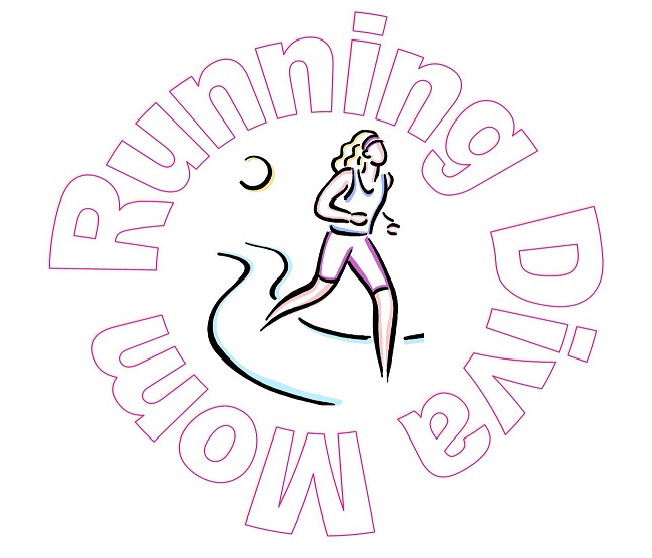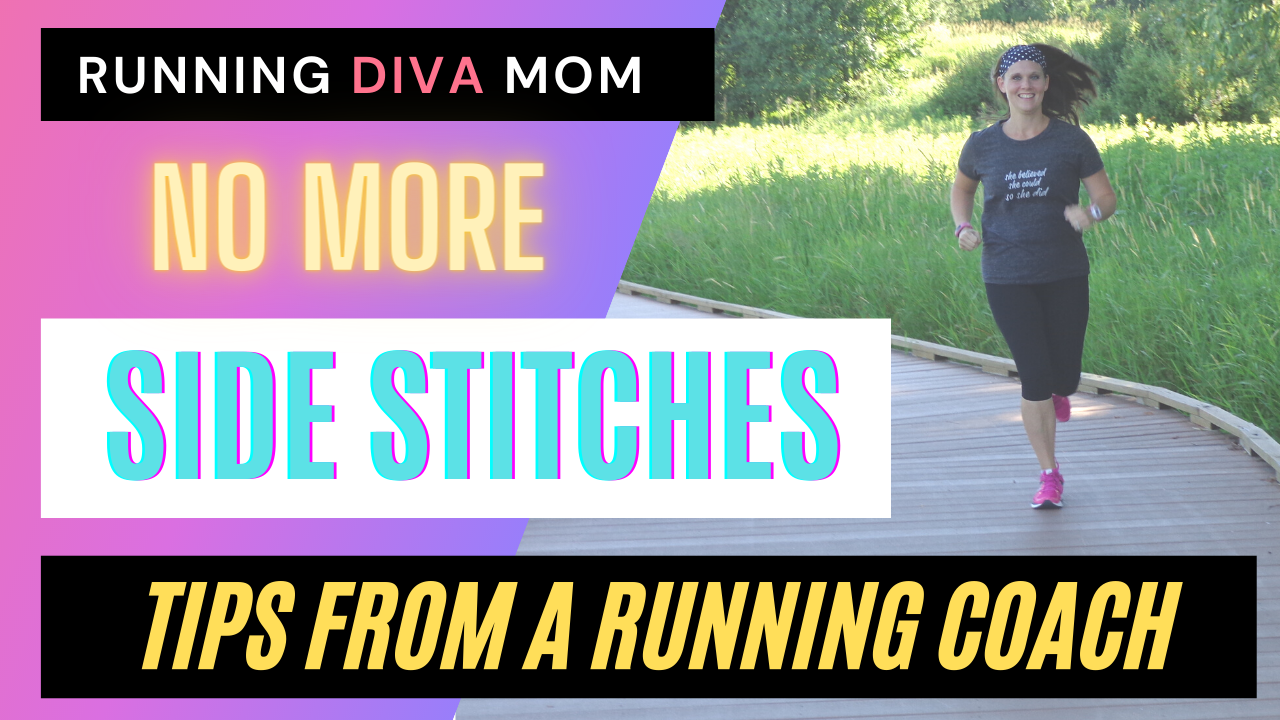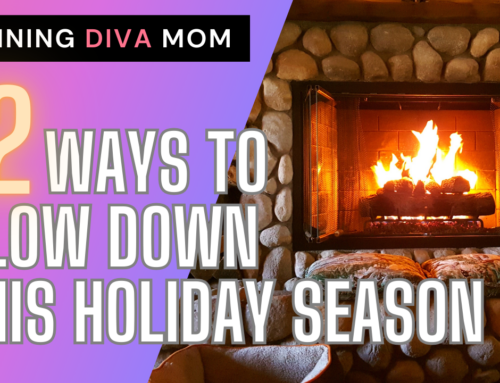Do you ever head out for what is supposed to be an epic training run, only to be side-lined by a stabbing pain in the side of your stomach. You have trouble catching your breath and getting it in a rhythm, run a little awkward and then eventually have to end your run all together.
No one fully knows why this nagging pain in the side of your midsection pops-up. But with proper knowledge, appropriate fueling and embracing a warm-up -- you may be able to get rid of them all together. I personally very rarely experience a side stitch anymore when I run. And on the rare occassion that I do ... it's because I've neglected one of the items below.
Here are nine tips that you can use before your upcoming run or when that side stitch pops-up mid run:
- Start with a quick and efficient dynamic warm-up. Try a brisk 5-10 minute walk. Or try a full body dynamic warm-up that hits all of the high spots. This will elevate your heart rate and gradually speed up your breathing pattern and get your body ready for that extra movement out on the trail, track or treadmill. You can also try this fifteen minute dynamic warm-up from anywhere.
- Eat and drink wisely prior to your workout. I always suggest that clients eat meals or a substantial snack two hours before their run. If this isn't ideal, meals shouldn't be consumed within an hour before running. Try not to eat heavy meals, spicy foods, fatty snacks, or foods and grains that are high in fiber or anything that you haven't already ate previously. Avoid carbonation and sugary drinks before your workouts. Research also shows that sugary drinks may also cause some side cramping.
- Improve your posture. Try not bending forward too far or "hunching over". Focus on aligning the shoulders over the hips, drawing the shoulders back with the chest puffed forward, then leaning forward slightly from the waist with your flat back.
- Focus on slowing down your pace. Even adjusting ten to twenty seconds per mile can really help you slow down your pace, your breathing and reduce the pain that you are feeling.
- Breath slowly from the belly. Your breaths may be too shallow and coming from your chest (which is honestly very common). Focus on filling up your belly with air and then exhaling slowly to get rid of it. Make sure your breaths are slow and long instead of quick and shallow. Also try to breath in through your nose for the count of two and out through the mouth for the count of three. You can check out more of my breathing tips in another blog post.
- Change your breathing pattern. Slowing down those big deep breaths, with a slightly longer exhale can also align with your footwork. Breathing in for the count of two and out for the count of three will have you striking on different sides of the body as you breathe out. The odd number will naturally make that happen.
- Apply some light pressure. Try reducing to a brisk walk and applying a little pressure with one of your hands to the area that hurts. While you do this focus on long, deep breaths from the belly.
- Ease up and elevate. If applying pressure doesn't work, try doing the opposite and easing up on the pain. Elevate your arm on that side of your body overhead and doing a slight lateral bend. Repeat with the deep breathing exercise. Continue until the discomfort has eased up.
- Ease in on the pace. If you're working on your speed, try gradually increasing your pace as you start out your run. Gradually increasing your perceived rate of effort will also gradually increase your heart rate your breathing pattern. Too much, too quickly may result in some discomfort.
Many new runners will experience this in early training runs. They overexert themselves - and their systems - too quickly. I have noticed as my clients become more seasoned and build more endurance, they tend to challenge their respiratory system to a new level and the breathing patterns become a lot easier. Building a stronger core can also help prevent these side aches from happening again in the future. Core strengthening will help improve your posture during your run and daily activities of life and support the head and neck throughout your day and your workouts.






